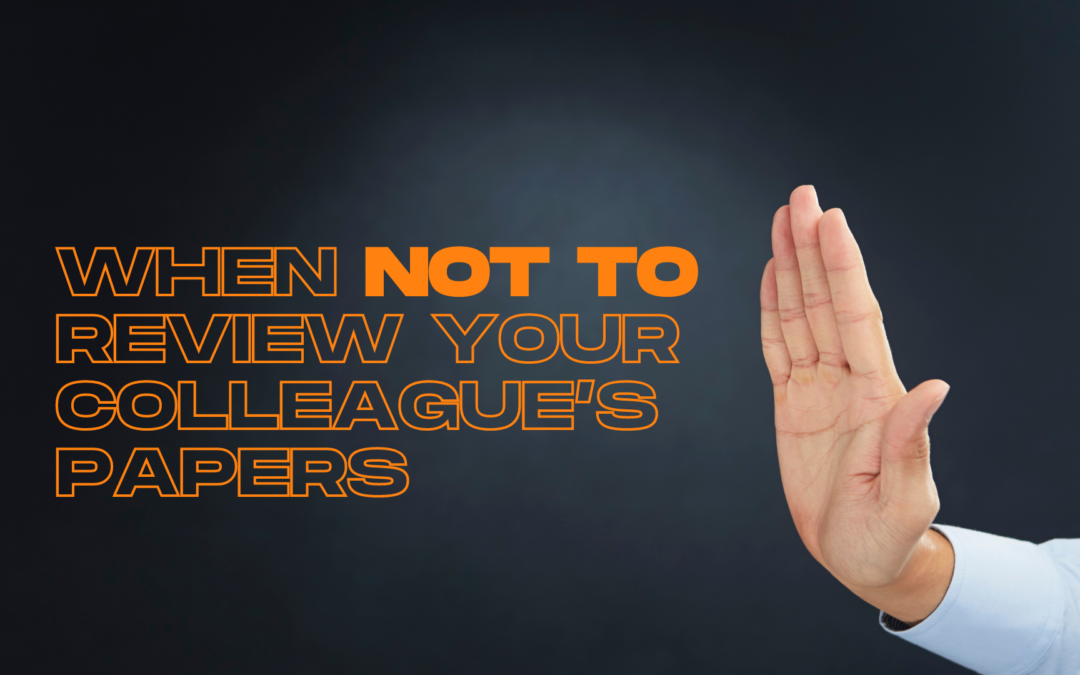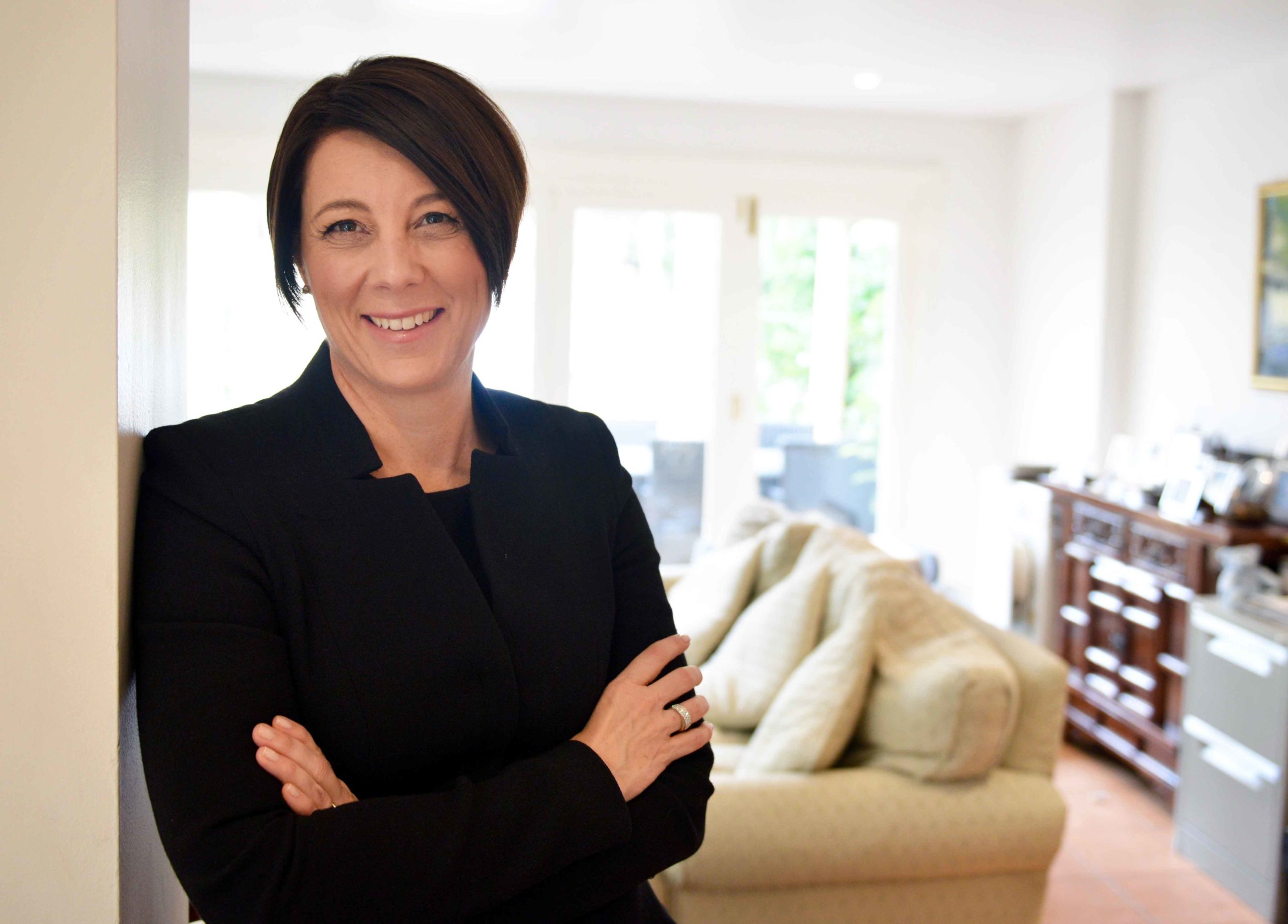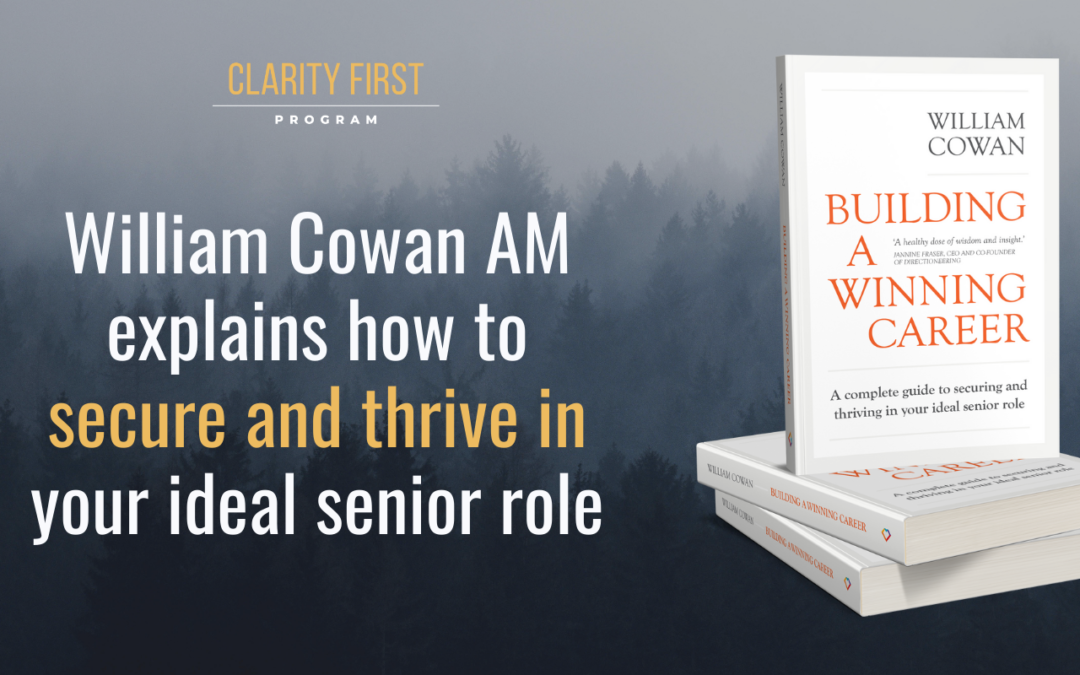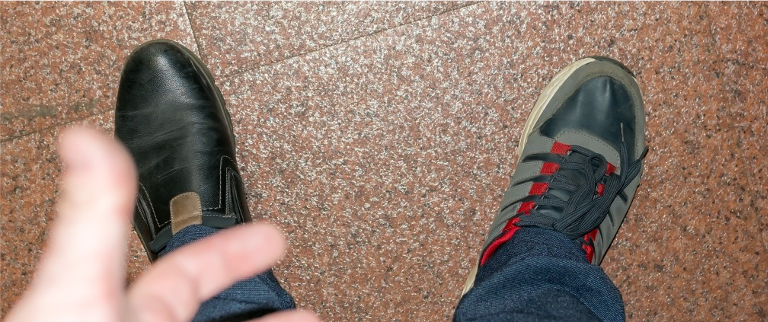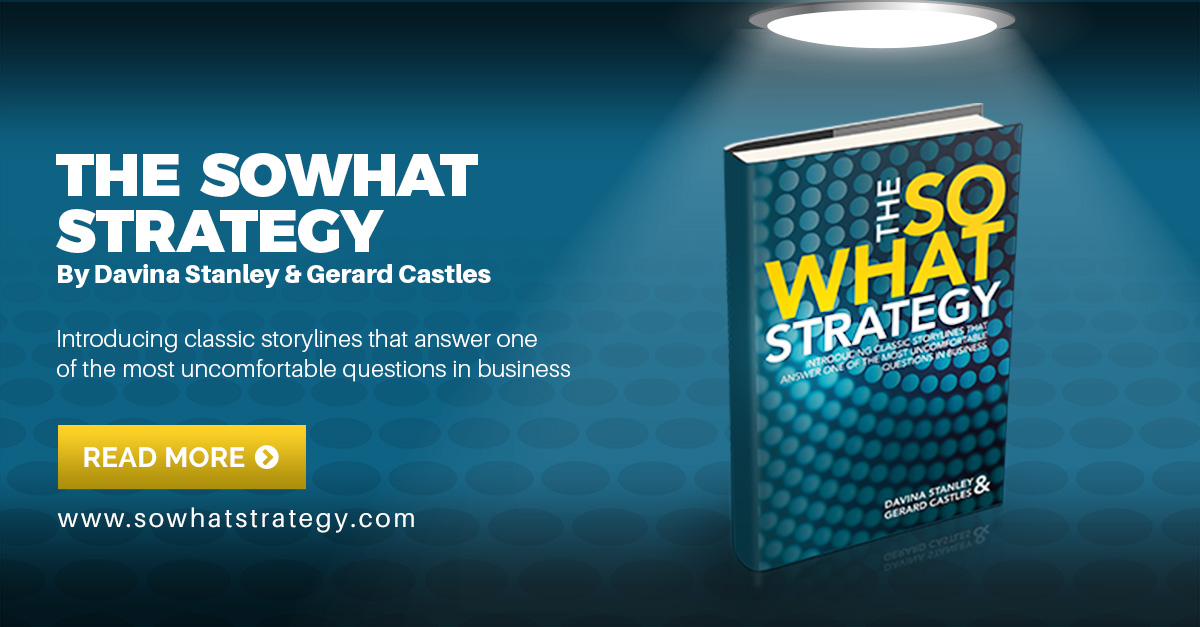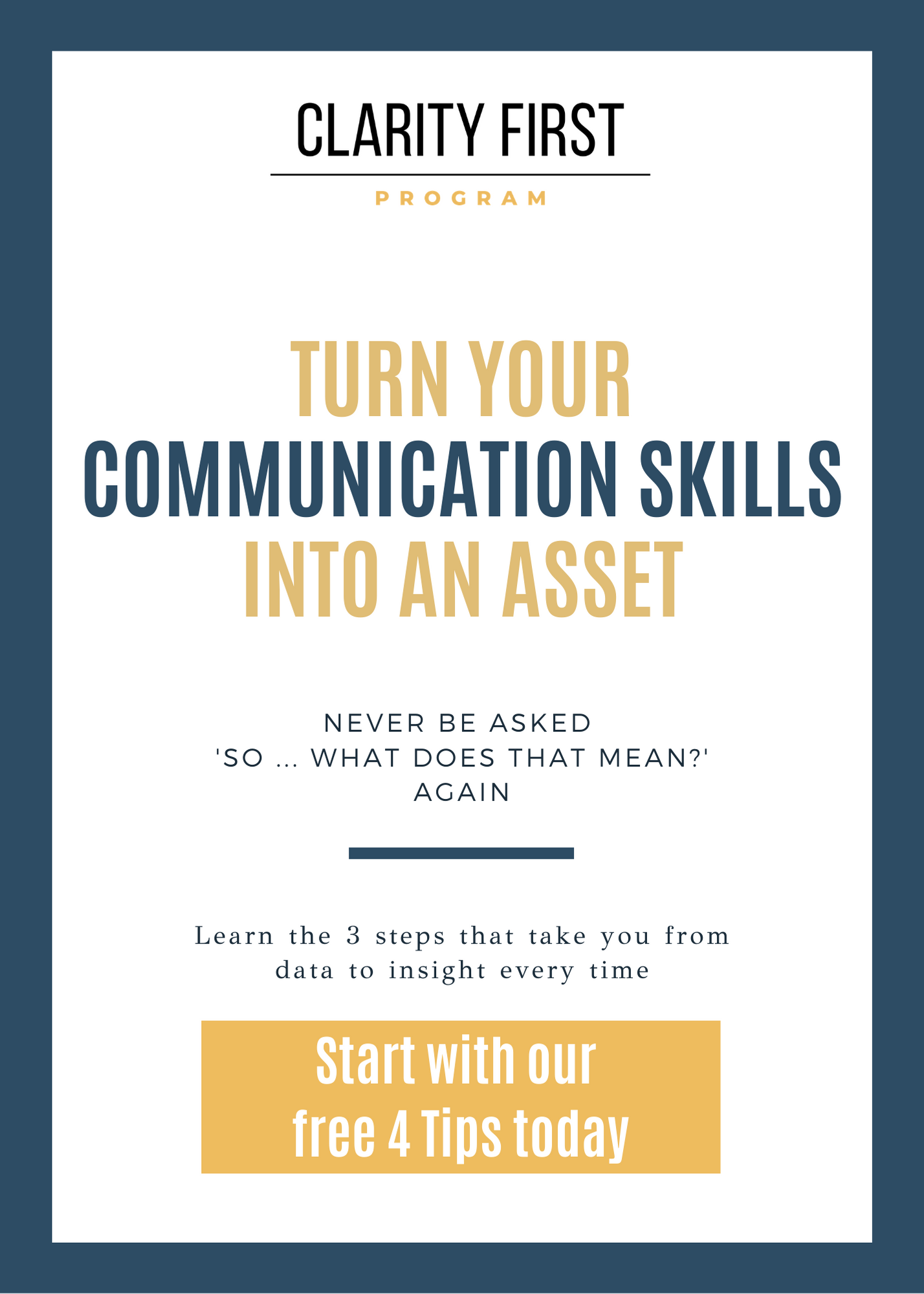It might shock you to know that our brains are quirky and more like Homer Simpson's than we realise.
In Thinking Fast and Thinking Slow, Daniel Kahneman describes how we lie to ourselves just like Homer does.
He suggests that we make up stories in our minds and then against all evidence, defend them tooth and nail.
Understanding why we do this is the key to discovering truth and making wiser decisions.
In this piece I lay out the overview of his argument and illustrate through a business example.
His argument leans heavily on an evolutionary bug in our brains that critical thinking strategies can resolve
He suggests there’s a bug in the evolutionary code that makes up our brains. Apparently, we have a hard time distinguishing between when cause and effect is clear, such as checking for traffic before crossing a busy street, and when it’s not, as in the case of many business decisions.
We don’t like not knowing. We also love a story.
Just like with Homer did in this short clip, our minds create plausible stories to fill in the gaps in other people's stories to construct our own cause and effect relationships.
The trick is to have some critical thinking strategies to help us evaluate other people's stories and our own. To help us avoid telling stories that are convincing and wrong.
We need to think about how these stories are created, whether they’re right, or how they persist. A useful ‘tell' is when we find ourselves uncomfortable and unable to articulate our reasoning.
A real life example brings his argument to life in an uncomfortably familiar way
Imagine a meeting where we are discussing how a project should continue, not unlike any meeting you have this week to figure out what happened and what decisions your organization needs to make next.
You start the meeting by saying “The transformation project has again made little progress against its KPIs this month. Here’s what we’re going to do in response.”
But one person in the meeting, John, another project manager, asks you to explain the situation.
You volunteer what you know.
“After again failing to deliver on their KPIs, we recommend replacing the project leader with someone from outside the organisation who has a proven track record with transformation programs. The delays are no longer sustainable.”
And you quickly launch into the best way to find a replacement team leader.
Mary, however, tells herself a different story, because just last week her friend, the project leader, described the difficulty her team was having with two influential leaders who were actively against the transformation program.
The story she tells herself is that the project leader probably needs extra support from the CEO and potentially also the Board.
So, she asks you, “What makes you think a new project leader would be more successful?”
The answer is obvious to you.
You feel your heart rate start to rise.
Frustration sets in.
You tell yourself that Mary is an idiot. This is so obvious. The project is falling further behind. Again. The leader is not getting traction. And we need to put in place something to get the transformation moving now. You think to yourself that she’s slowing the group down and we need to act now.
What else is happening?
It’s likely you looked at the evidence again and couldn’t really explain how you drew your conclusion.
Rather than have an honest conversation about the story you told yourself and the story Mary is telling herself, the meeting gets tense and goes nowhere.
Neither of you has a complete picture or a logically constructed case. You are both running on intuition.
The next time you catch someone asking you about your story and you can’t explain it in a falsifiable way, pause, hit reset and test the rigour of your story.
What you really care about is finding the truth, even if that means the story you told yourself is wrong.
Why am I sharing this story with you?
In Clarity First we teach people 10 specific questions to ask when evaluating our communication that helps us to see whether our ideas ‘stack up'.
These are incredibly powerful and help you ‘step back' from your own ideas to evaluate them critically.
Take a look at the Clarity First Program to learn more.
We help you communicate so your complex ideas get the traction they deserve.
Keywords: #critical thinking #decision making #kahneman
